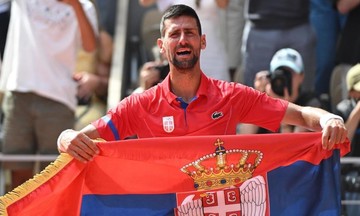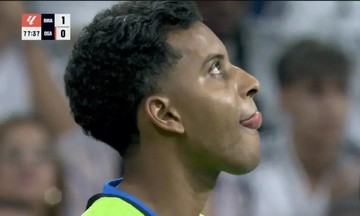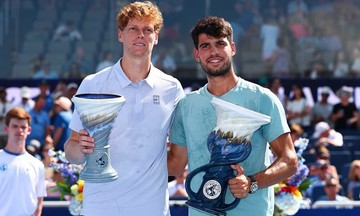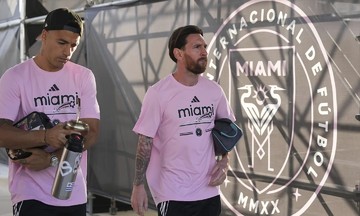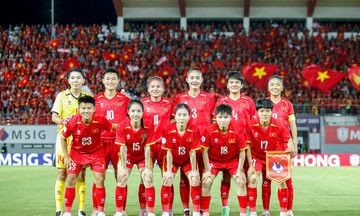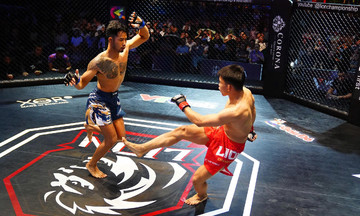Jannik Sinner, the 2025 Wimbledon champion, left the tournament with a 4 million USD prize. But you don't have to win at the All England Club to feel financially rewarded. For players eliminated in the first round, often those ranked lower, the 90,000 USD prize is still a significant sum.
However, not everyone gets to play at Wimbledon, or more broadly, at Grand Slams and ATP Tour events. Prize money and participation slots are limited, while the number of registered players is far greater. For most players outside the top 100, the reality is harsh, with simply breaking even each week a daunting task.
Taro Daniel understands this well. Currently hovering around 150th in the world rankings, the Japanese player has experienced many ups and downs in his decade-long career. His Grand Slam highlight was defeating Andy Murray to reach the third round of the 2022 Australian Open, earning him nearly 150,000 USD for a week's work.
Yet, that paycheck didn't change Daniel's frugal lifestyle on tour. Like many players of similar ranking, he spends most of the year sharing hotel rooms and even carefully monitors his food expenses, despite nutrition being crucial for athletes. They give their all on the court, but losses are more frequent than wins. This means less prize money and dwindling bank accounts.
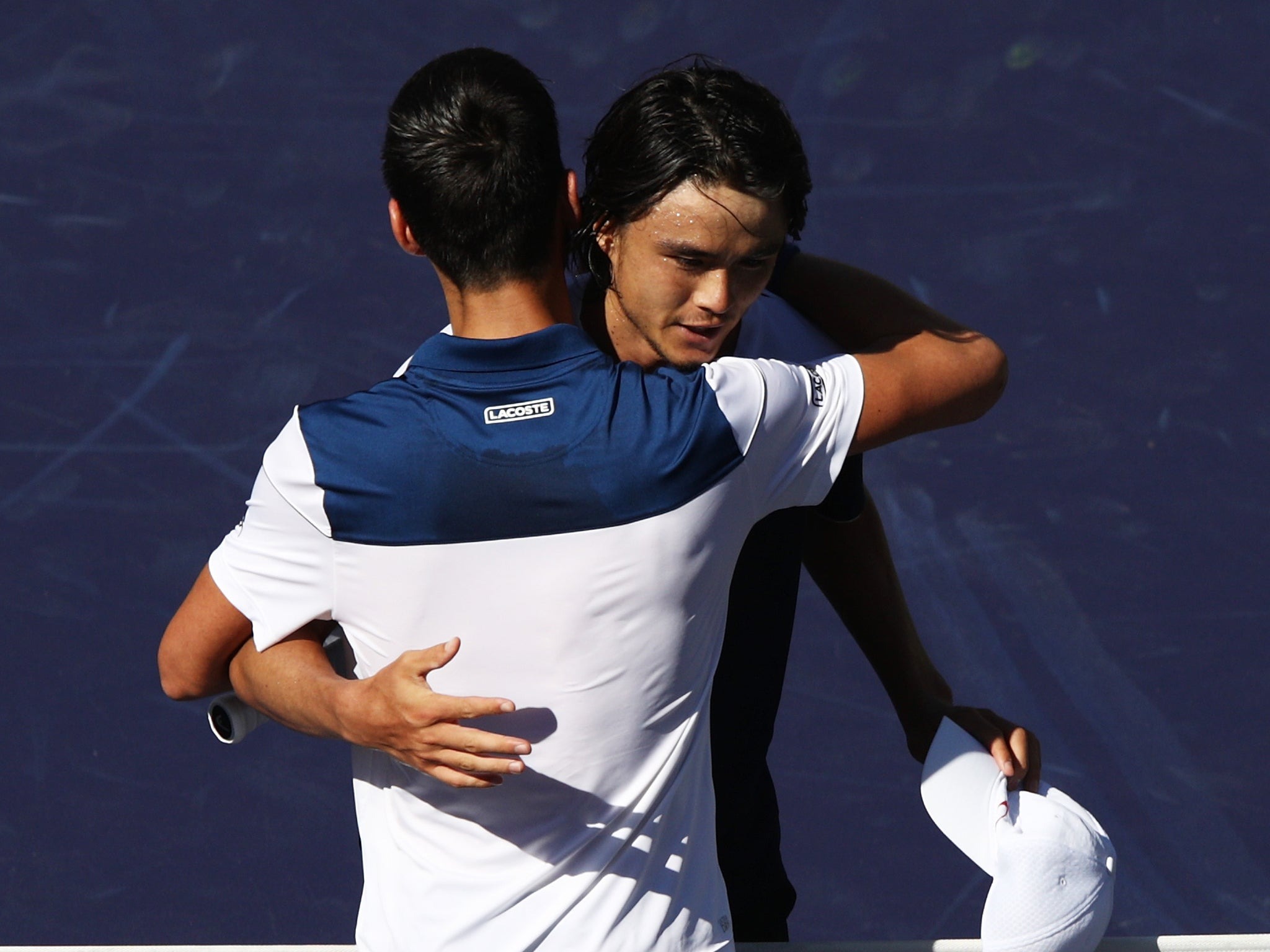 |
Daniel (right) hugs Djokovic after defeating the Serbian player in the second round of the Indian Wells Masters in California, USA, 3/2018. Photo: Reuters |
Daniel (right) hugs Djokovic after defeating the Serbian player in the second round of the Indian Wells Masters in California, USA, 3/2018. Photo: Reuters
"When I was younger, I couldn't even justify a 3 USD side of butter," Daniel said. "But trying to save too much negatively impacts my performance."
In the first six months of this year, Daniel earned approximately 180,000 USD in prize money, but expenses quickly consumed it. "The figures you see on TV or in the news aren't the whole story," he shared. "I'm not saying they're fake, but there's not much left. First, you earn money abroad, so they deduct taxes, and that's a substantial amount."
It's rare to see a solo player at Grand Slams or ATP events these days. Every player has a coach or mentor. This is a significant change from the past, according to Daniel: "10 years ago, when I started playing abroad regularly, many players traveled to tournaments alone because the level of competition wasn't as high."
Daniel also explained that while organizers typically cover hotel rooms for players, this doesn't extend to their teams, including coaches, physiotherapists, or doctors. For players like Daniel, a coach's salary for tournaments is around 50,000 USD per year, excluding the usual 10% commission on prize money.
"So, in a season, you spend 100,000 USD on your coach, and that's not even for a highly experienced or top-tier coach," Daniel added. "On average, I spend at least 20,000 USD per month on my credit card. The statements are filled with hotel, food, and flight expenses, not including the salaries I pay my team. You're like running a small company, except as a player, your staff travels with you full-time."
Tight finances make many players cautious when planning their tournament schedules. When it comes to choosing which events to attend, Daniel admits to feeling apprehensive when calculating the costs. The difficulty is compounded by the unpredictable nature of the schedule, which depends on results. This often leads to last-minute flight bookings and inflated prices.
"Take, for example, two consecutive Masters 1000 tournaments, Indian Wells and Miami," Daniel said. "That flight costs at least 500 USD. Plus, players usually bring two more people, like a coach and a physiotherapist, and there are extra fees for oversized luggage containing rackets and other equipment. Overall, a domestic flight in the US like that costs about 2,000 USD. One way!"
The former world number 58 isn't the only one pressured by travel costs. Dustin Brown famously toured and slept in a camper van for three seasons early in his career. Last year, Billy Harris made headlines not only for reaching the quarterfinals of the Queen’s Club Championships but also for his inspiring story of spending over three years traveling across Europe in a van, playing ITF and Challenger events. Harris even had a stringing machine in his van.
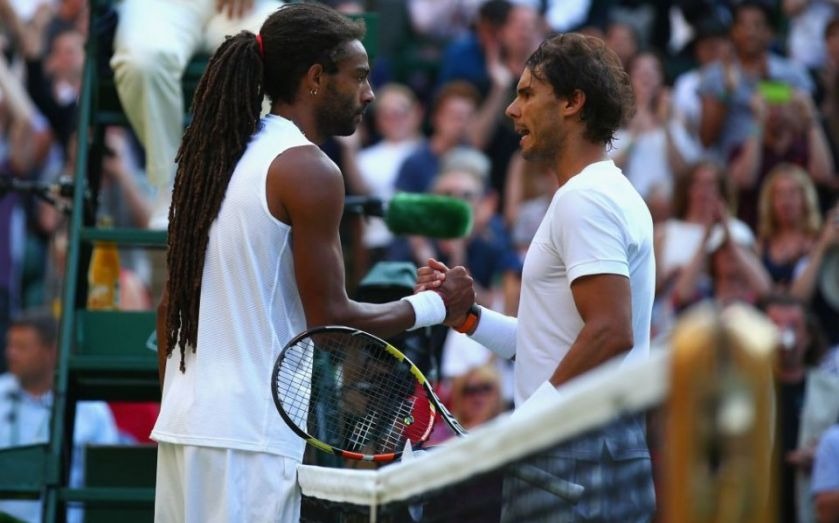 |
Dustin Brown (left) defeats Rafael Nadal in the second round of Wimbledon 2015. Photo: Reuters |
Dustin Brown (left) defeats Rafael Nadal in the second round of Wimbledon 2015. Photo: Reuters
At 32, the financial burden has eased somewhat for Daniel. He has accumulated enough savings to not worry about a poor week of competition. However, younger players outside the top 100 have a long way to go before reaching financial comfort.
"A Grand Slam generates around 350 to 500 million USD in revenue. Combined with the ATP and WTA, I think these organizations should collaborate and allocate more money to players ranked 300 or 400, perhaps a 100,000 USD stipend each," Daniel suggested. "I think that's a reasonable solution. Each organization would contribute around 8-10 million USD, which isn't an impossible amount."
Vy Anh



